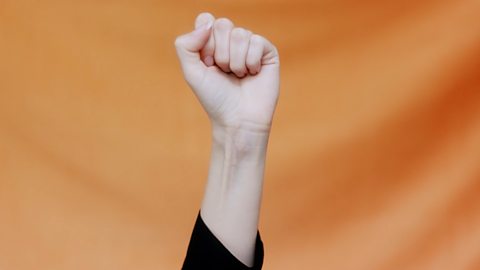Why become a suffragette?
By becoming a suffragette, women could show society that they werenât prepared to put up with inequality. Doing nothing wasnât an option!
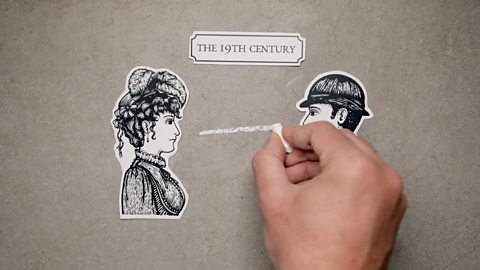
Inequality of the sexes defined the 19th century in the UK, because your sex determined what rights you could or could not receive. You may be surprised to hear that women werenât even deemed legal persons in their own right until 1929.
Before 1880, primary school was not compulsory and closed to girls. Instead, they were educated at home or in their Sunday school, while boys were able to go to school and receive an education. This lack of education closed off many opportunities and as a result, women were left financially dependent upon men and marriage.
Even though women were not allowed to vote or keep their own property when married, they still had to pay taxes. In fact, much of their labour went unrecognised and unpaid by society.
A suffragette wasnât a choice but a necessity for many women in the United Kingdom. For centuries womenâs rights had been limited by governments and institutions in society. The key to any change in their condition was to secure the right to vote.

Suffrage
Suffrage means the right to vote in political elections. Elections are the means by which the people choose their decision makers. If you have the right to vote, you have the ability to decide who the decision makers will be and influence the laws they will introduce. If women could vote then they could elect MPs and governments that would improve the conditions of women in society.
It was the right to vote that many women strived for in the early womenâs movement. However, it wasnât easy. Many powerful men resisted their calls for equal rights.
The Conservative Party, one of two main parties in Britain, argued for a traditional male dominated or âpatriarchalâ society, strong power for the church, and military force. They believed that women should concentrate on the roles of wife, mother and home maker. They did not believe in sex equality. And this sexist and exclusionary system is what the Conservative Party enacted.
The Liberal Party stood for more rights and tolerance for people. However, for many suffragettes, the Liberal Partyâs stances did not go far enough in guaranteeing equal rights for all people.
The only option for those interested in winning the vote was to become involved with the suffrage movement and begin to protest which meant enduring ridicule, imprisonment and for some, even death.
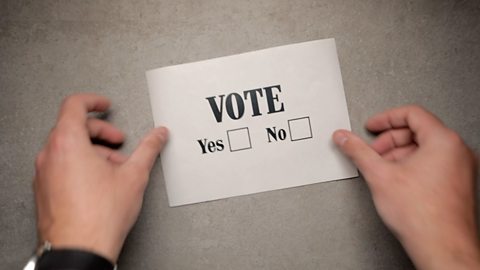
The struggle for suffrage

While anybody over the age of 18 in the UK can vote in national and local elections, historically this had not always been the case. Before the start of the 19th century, there were many restrictions placed on who could and couldn't vote, based on peopleâs age, sex, race, education, wealth and social status. As a result, many people and groups have fought hard for the right to vote in the UK.
As Britain became more modern after the industrial revolution more and more people entered into the middle classes and their demands for better political representation had some limited success. Although concessions were made throughout the 19th century, the governmentâs reforms only extended the vote to property owning men. Voting rights were still based on property and wealth throughout the 18th and 19th centuries. Women and the working classes would remain excluded from this fundamental democratic right.

The Reform Act of 1832
A change to the voting system occurred with The Great Reform Act of 1832. This standardised the voting system but made it illegal for women to vote. Whilst the new law allowed more men to be able to vote, it explicitly stated that women could not.
Before the Reform Act, counties and boroughs elected members of parliament in different ways, however, the process was based on wealth and property. As a result, the only women who would have been entitled to a vote were affluent and powerful landowners.
The vast majority of women, however, could not vote because they didnât own property and in many cases were considered property themselves. The right to vote depended on how much land you owned or how costly the property you rented was. The voting system was designed to protect the interests of the wealthy elite that comprised mostly of men.
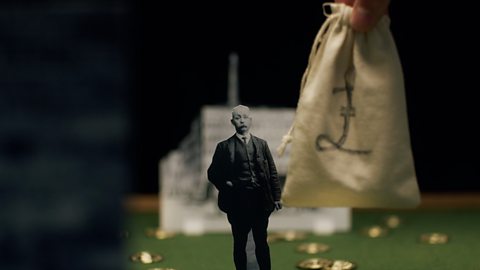
No taxation without representation
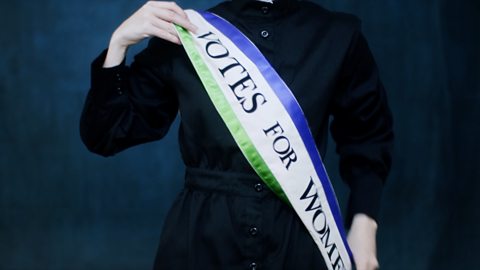
In response to the passing of the Reform Act, Mary Smith presented the first womenâs suffrage petition to parliament, which argued that women should not have to pay tax if they are not allowed to vote. Smithâs petition was the first time an individual woman asked for the vote. The petition was laughed out of the House of Commons and dismissed immediately.
Although the petition had no real legal consequence, it formed the basis of a popular phrase of the womenâs suffrage movement for the years to come: âNo taxation without representationâ which was used to argue that if someone pays tax to parliament, they should be able to vote for members of that parliament in national elections and have their interests represented there. As the century wore on, it soon became apparent that petitions and peaceful methods were not having the desired effect.

Suffragette vs suffragist
The first 50 years of womenâs suffrage was largely peaceful and relied mostly on individual actions such as Mary Smithâs petition. By the 1860s, many women grew frustrated by the lack of action taken by the government to progress their suffrage and begun to work alongside political groups to pressure the government to allow women the same voting rights as men and those of the property class.
A new, more radical and fearless suffrage movement evolved, one that went further than the old constitutional practices of simply petitioning and asking the members of parliament for the right to vote. Eventually in the 1860s, two groups emerged: the suffragists and the Womenâs Social and Political Union (WSPU), which would become known as the suffragettes.
A suffragist was someone who campaigned for womenâs right to vote in government elections, characterised by their non-violent tactics.
A suffragette, on the other hand, campaigned for the same aims but by employing militant and even violent tactics. They were frustrated at the lack of progress and decided that the peaceful campaigns of the last 50 years had run their course. They felt that only direct action could bring change. As they were women, campaigning for suffrage, the press gave them the name âsuffragettesâ.

More on Suffragettes
Find out more by working through a topic
- count1 of 3
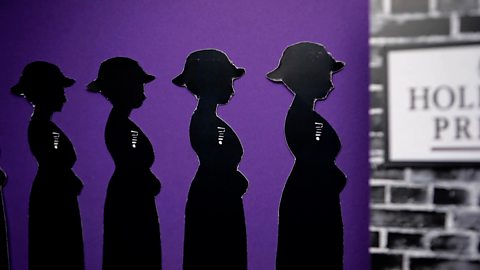
- count2 of 3
